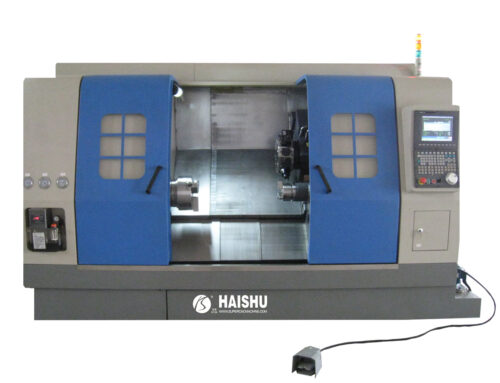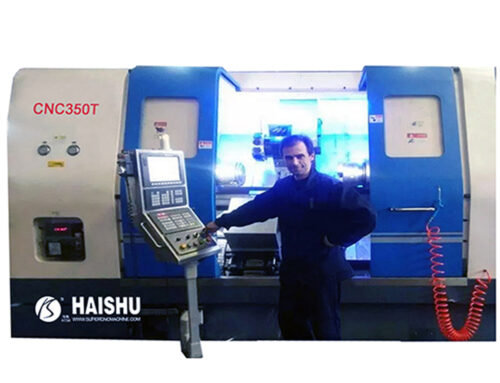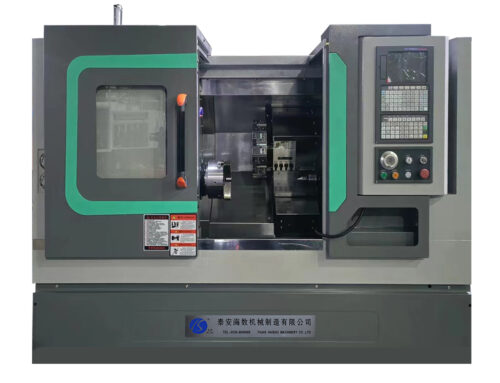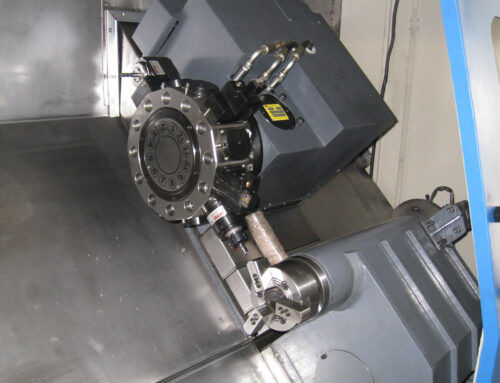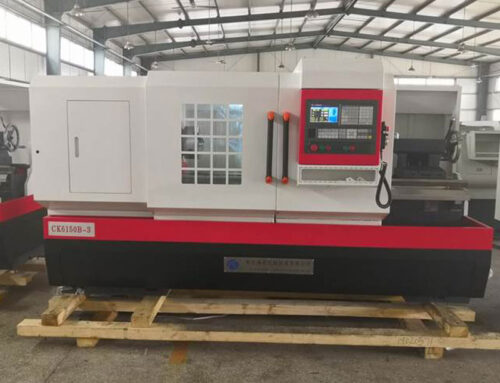Best CNC Lathe is a game-changer in modern manufacturing. With unmatched precision, it delivers exceptional accuracy and meets the most demanding workpiece requirements. CNC turning center has advanced features and automation drive productivity, reducing cycle times and optimizing output. From aerospace to medical devices, its versatile applications make it indispensable across industries. Embrace the power of the CNC lathe to elevate your manufacturing to new heights of excellence.
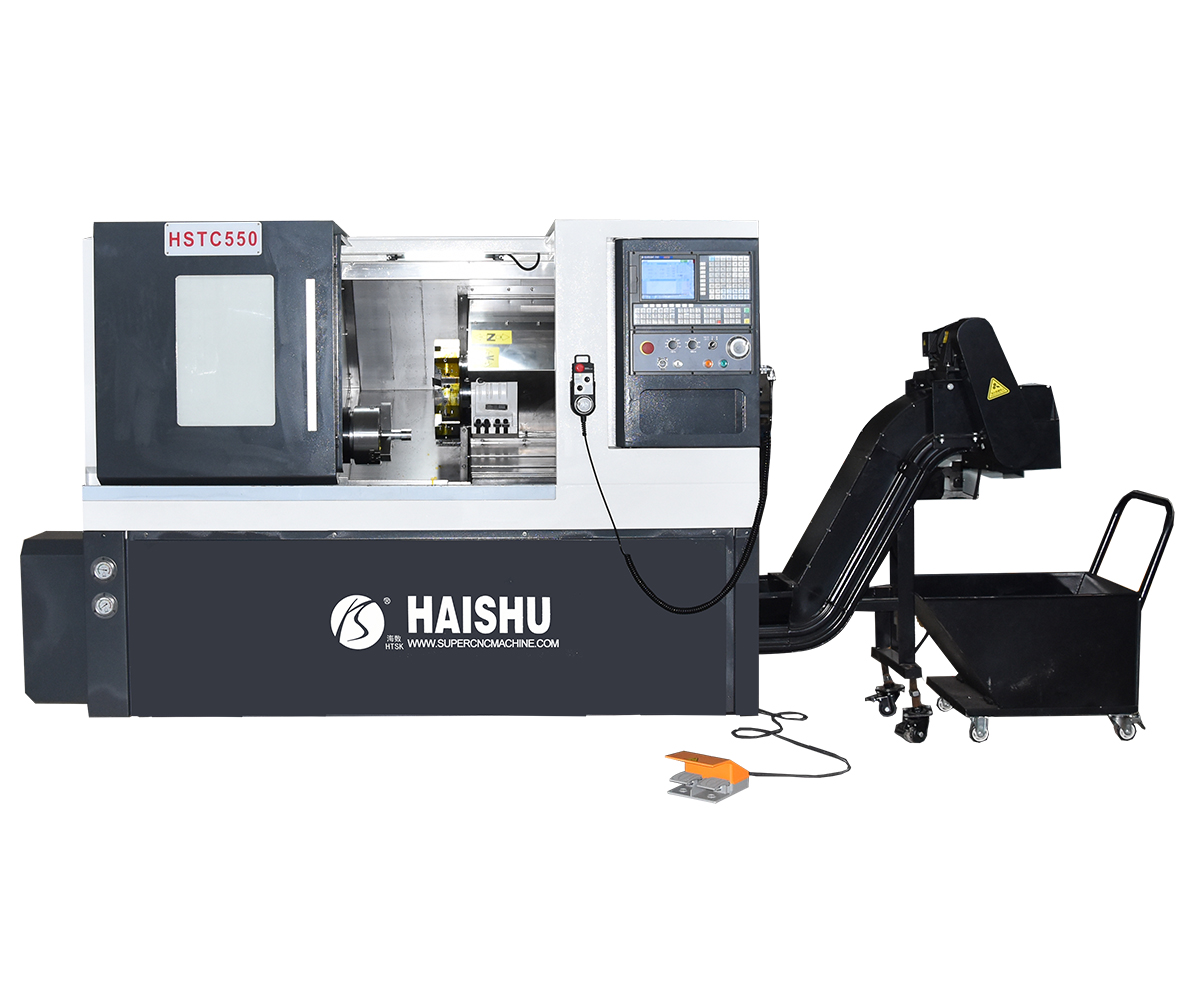
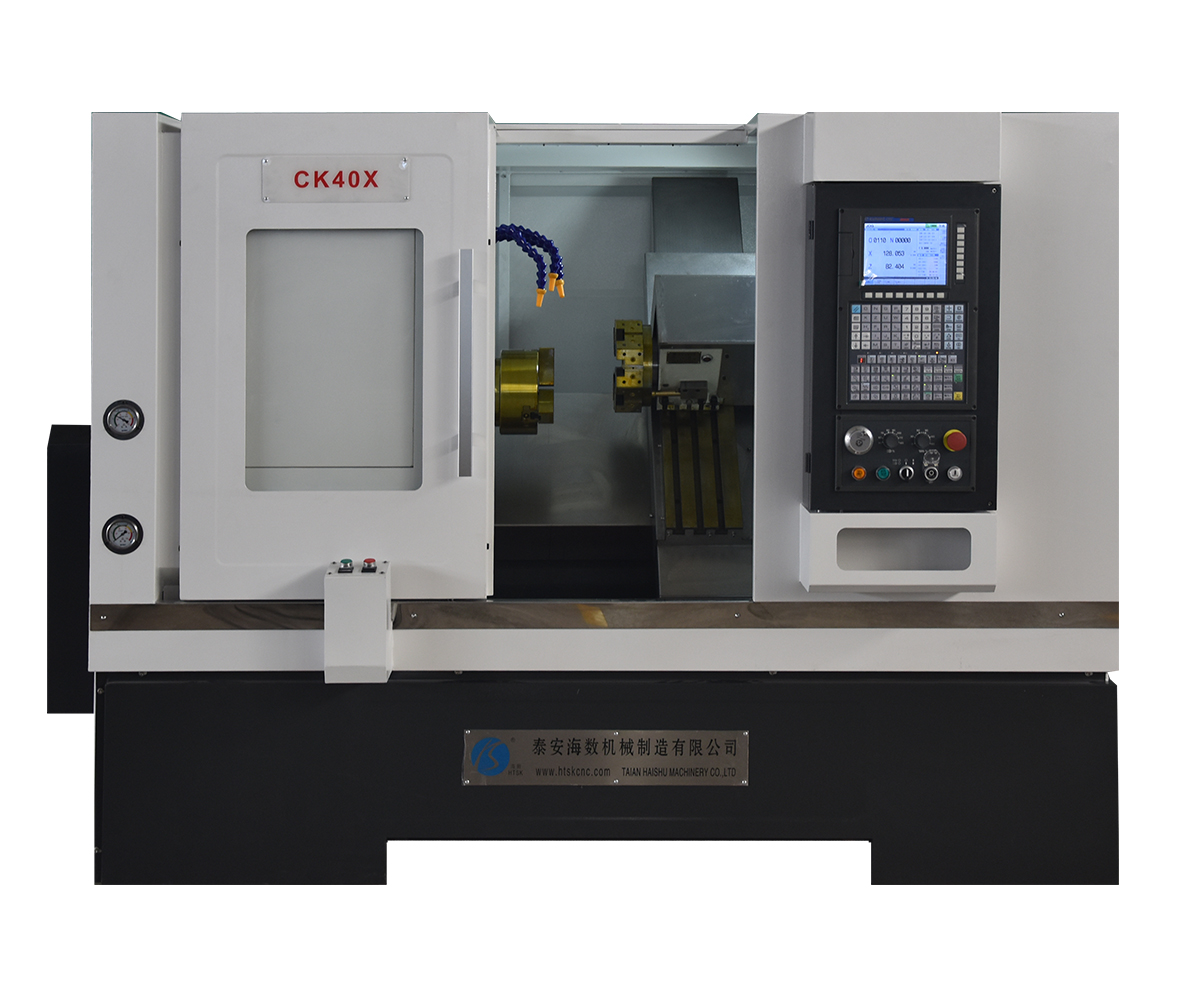
Objective of Selecting the Best CNC Lathe
Improving Production Efficiency: The best CNC lathe machines offer high-speed cutting and automated operations, maximizing production speed, reducing cycle time, and enhancing overall production efficiency.
Ensuring Precision Machining: With advanced control systems and precision worktables, the best CNC lathes deliver high-precision machining, guaranteeing precise control over workpiece dimensions, shapes, and surface quality.
Handling Complex Processes: Equipped with multi-axis control and advanced interpolation capabilities, the best CNC lathes handle intricate machining processes like contouring and threading, catering to diverse machining needs.
Enhancing Consistency and Reliability: By implementing computer-controlled machining programs, the best CNC lathes minimize human errors and variations, ensuring consistent and reliable machining results.
Reducing Labor Costs: The automation features of top-quality CNC lathes reduce manual operations, resulting in decreased labor expenses and improved operator safety.
Enabling Complex Processes: The best CNC lathe machines incorporate multi-axis control and advanced interpolation capabilities, allowing for complex machining processes such as surface machining, thread machining, chamfering, and more, to meet diverse workpiece machining needs.
Enhancing Workplace Safety: Equipped with advanced safety protection devices and emergency stop functions, the best CNC lathe machines create a safer working environment for operators, reducing the risk of accidents.
Reducing Operational Costs: By selecting the best CNC lathe machines, businesses can reduce labor input, minimize human errors and scrap rates, improve production efficiency and resource utilization, ultimately lowering operational costs.
Boosting Competitiveness: With advanced technology and efficient machining capabilities, the best CNC lathe machines empower businesses to manufacture high-quality products, enhance customer satisfaction, and maintain a competitive advantage in a highly competitive market.
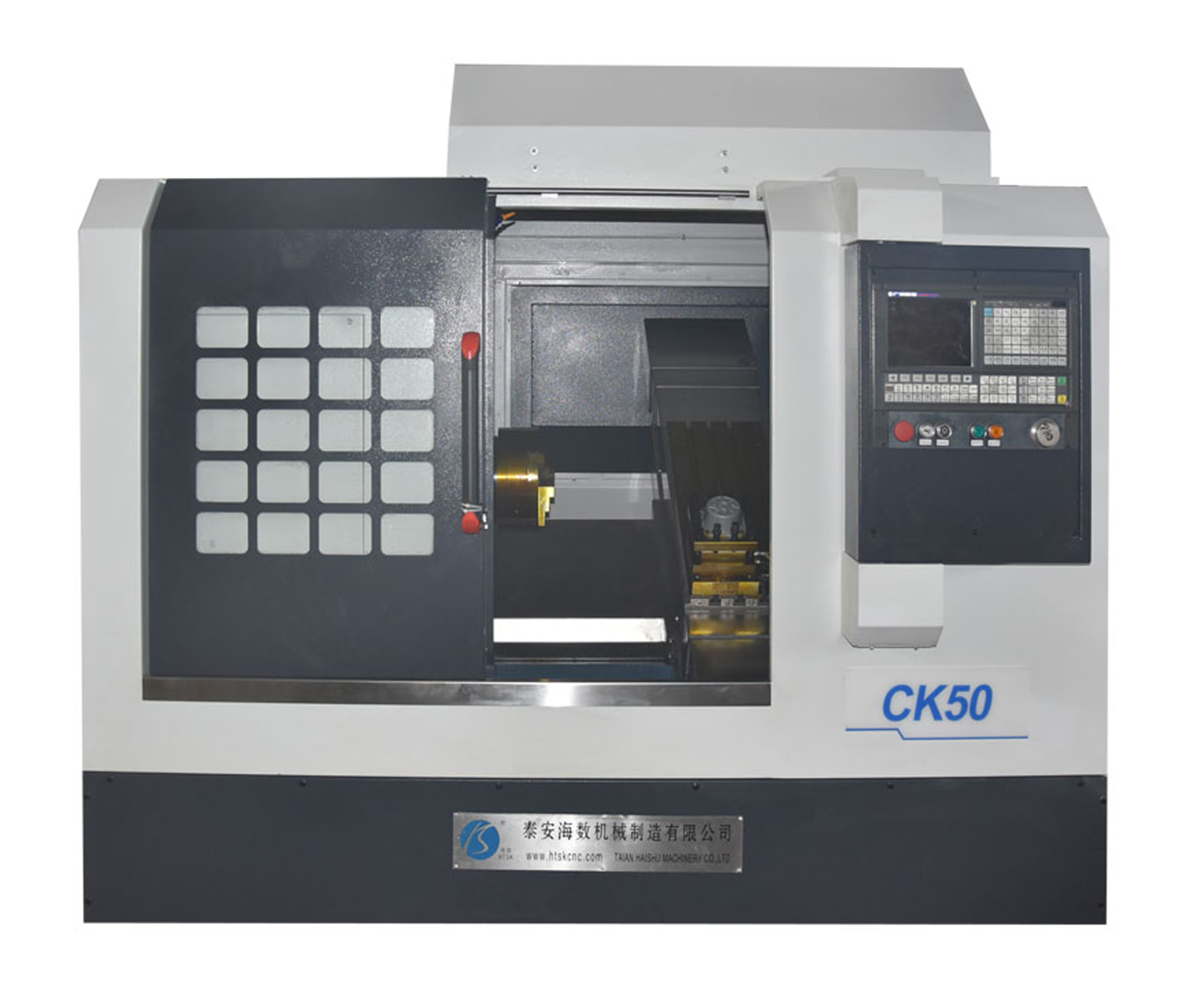
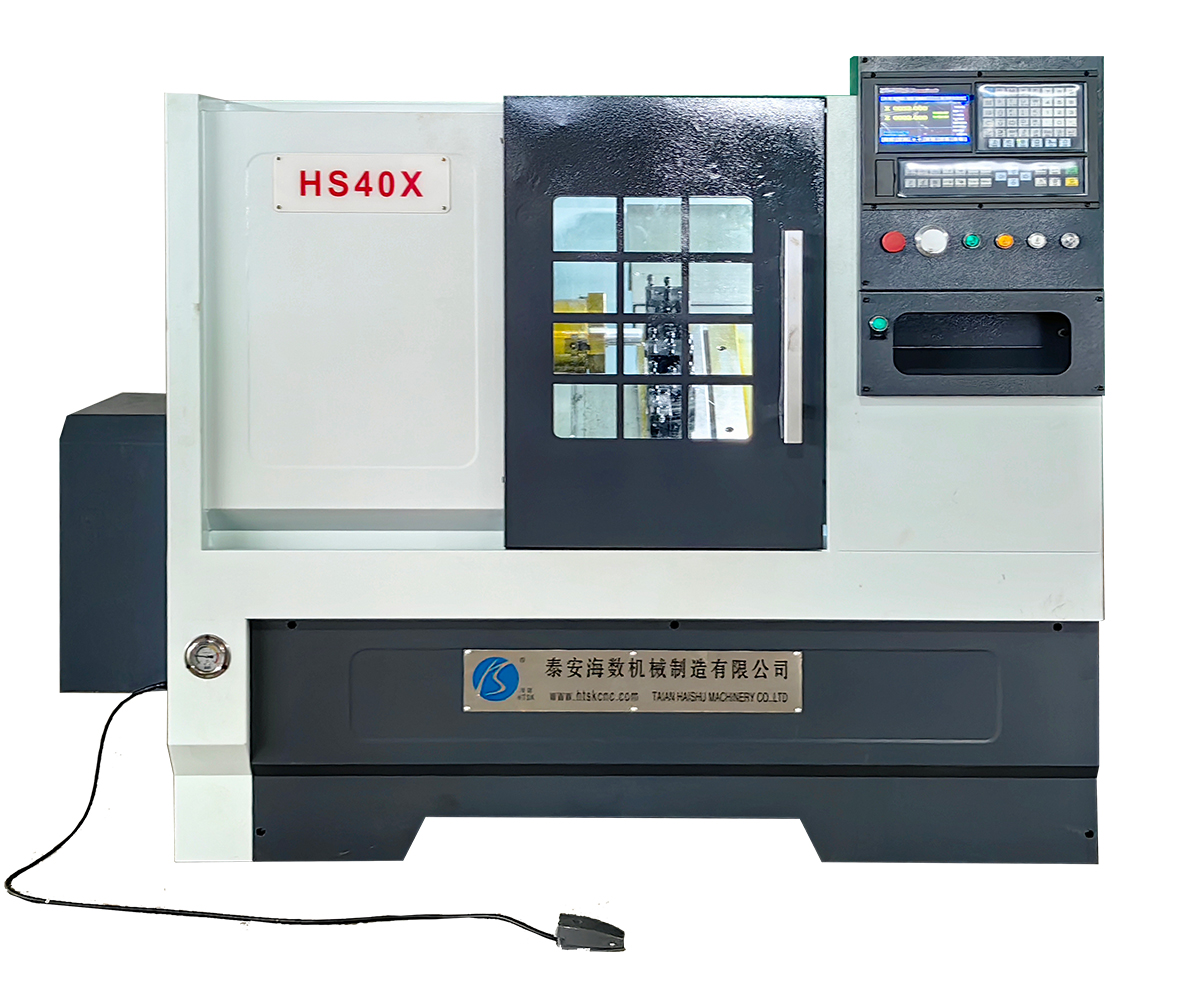
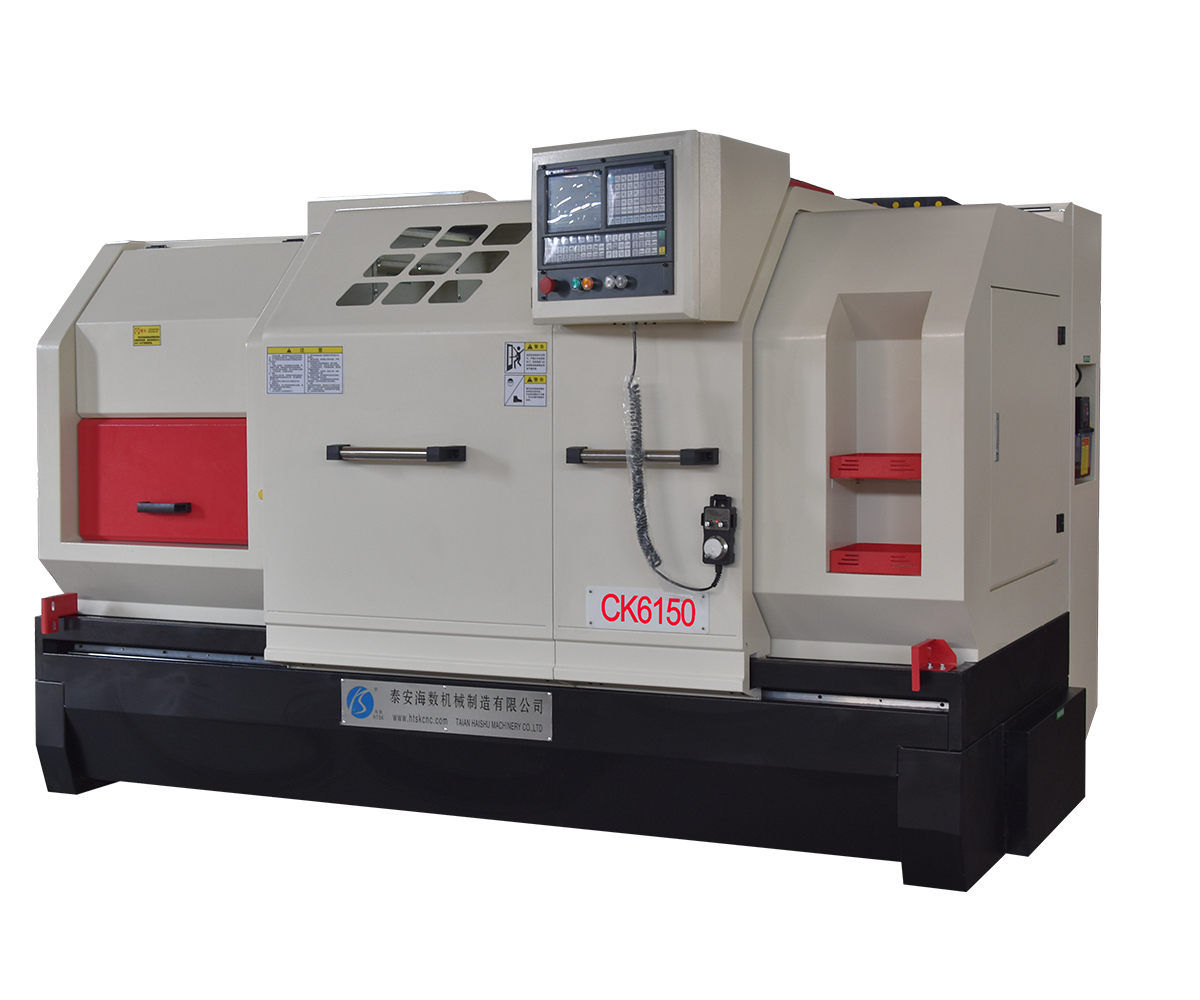
When choosing the best CNC lathe machine, you may have the following requirements
Processing Capability: Determine the required processing capability, including maximum machining diameter, maximum machining length, material type, and machining process requirements. Ensure that the selected CNC lathe machine can meet your specific machining needs.
Precision Requirements: Consider your workpiece precision requirements, including dimensional accuracy, surface finish, and machining precision. Choose a CNC lathe machine with high precision control and stability to meet your precision requirements.
Automation and Intelligence: Consider the automation and intelligence features of the CNC lathe machine based on your production needs and level of automation required. This may include features like automatic tool changing systems, automatic loading and unloading systems, remote monitoring, and data analysis.
Scalability and Flexibility: Consider the potential for changes and expansions in your production needs. Select a CNC lathe machine with flexible configurations and scalability to adapt to future demand changes.
Manufacturer Reputation and After-sales Service: Choose a reputable CNC lathe machine manufacturer that provides reliable after-sales service and support, including training, maintenance, and spare parts supply.
Cost-effectiveness: Evaluate the price, performance, quality, and lifespan of the CNC lathe machine to ensure it offers excellent cost-effectiveness.
When clarifying your production needs and workpiece requirements:
Define Production Needs: Understand your production goals and requirements, including anticipated output, production cycle, process requirements, etc. Determine your production scale, cycle-required machining processes, and desired precision levels.
Analyze Workpiece Requirements: Gain detailed knowledge about the type, size, shape, and material of the workpiece you need to machine. Consider the complexity of the workpiece, precision requirements, surface quality expectations, and any special machining needs. Seek input from designers, engineers, or relevant professionals for a precise understanding of the workpiece requirements.
Consider Process Flow: Analyze your machining process flow, including the required cutting operations, machining steps, and process characteristics. Determine if special processes like multi-axis machining, thread machining, or surface machining are needed, as well as whether automated operations like tool changes or automatic loading and unloading are required.
Consider Volume and Batch Size: Determine your production volume needs and batch sizes. For high production volume and large batch machining, consider high-speed and efficient CNC lathe machines. For smaller volumes or frequent machining task changes, opt for CNC lathe machines with higher flexibility.
Consider Future Development: Anticipate potential changes and expansions in your production needs. To accommodate future requirements such as machining more complex workpieces or scaling up production capacity, choose CNC lathe machines with good scalability and upgrade options.
Consult Professionals: If uncertain or in doubt about your production needs and workpiece requirements, consult CNC lathe machine manufacturers, sales agents, or professional engineers. They can provide expert advice and assistance to help you clarify your needs and select the most suitable CNC lathe machine.
To analyze the machining process and workpiece characteristics, follow these steps:
Determine Workpiece Type and Material: Understand the type of workpiece to be machined, such as shaft components, sheet parts, or complex-shaped parts. Also, identify the material used for the workpiece, such as metal, plastic, composite materials, etc. These factors will affect the selection of machining processes and parameter settings.
Study Workpiece Drawings and Specifications: Thoroughly examine the workpiece drawings and specifications to understand the dimensions, geometric shapes, surface requirements, and machining characteristics. This helps assess the complexity, precision requirements, and potential machining challenges of the workpiece.
Identify Machining Steps: Based on the workpiece design and requirements, determine the necessary steps and operations for the machining process. Consider cutting operations, hole machining, thread machining, surface machining, etc. Also, evaluate whether heat treatment, surface treatment, or other subsequent processes are needed.
Analyze Cutting Forces and Heat: Analyze the generation and transmission of cutting forces and heat based on the workpiece material and cutting operations. This aids in determining appropriate cutting parameters such as cutting speed, feed rate, cutting depth, and selection of cutting fluids.
Consider Cutting Tools and Tool Paths: Select cutting tools suitable for the workpiece and machining requirements, including tool type, material, and geometry. Also, establish tool paths and cutting strategies to achieve the desired machining dimensions, surface quality, and efficiency.
Consider Machine Capability and Equipment Selection: Assess the capabilities and features of CNC lathes or other machine tools, such as maximum machining diameter, length, speed range, spindle power, etc. Select the appropriate equipment based on the workpiece characteristics and machining requirements.
Simulation and Validation: Employ machining simulation software or conduct actual machining tests to simulate and validate the chosen machining processes and parameters. Through simulation and testing, evaluate the machining results, surface quality, and efficiency, making necessary adjustments and optimizations.”
Performance Indicators for the Best CNC Lathe
- Precision and Repeatability Requirements
Dimensional Accuracy: The CNC lathe should achieve precise machining dimensions within the specified range.
Positional Accuracy: The lathe should accurately control the position of the workpiece during machining.
Roundness and Straightness: The lathe should have control capability for roundness and straightness of workpieces.
Surface Quality: The lathe should achieve the required surface roughness, flatness, and parallelism.
Repeatability: The lathe should consistently replicate machining results for multiple workpieces.
- Maximum Machining Size and Workpiece Load Capacity
Maximum Machining Diameter: The lathe’s maximum rotational diameter should accommodate the workpiece.
Maximum Machining Length: The lathe’s bed length and feed system travel should handle the workpiece length.
Workpiece Load Capacity: The lathe should bear and process the weight of the workpiece.
- Spindle Speed and Power Requirements
Machining Materials and Process Requirements: Different materials and processes require specific spindle speed and power.
Cutting Tools and Tool Materials: Spindle speed and power may vary based on the cutting tools and materials used.
Machining Accuracy and Surface Quality Requirements: Spindle speed and power affect accuracy and surface quality.
Workpiece Size and Structure: Spindle speed and power should match the size and structure of the workpiece.
Cutting Strategies and Machining Efficiency: Spindle speed and power depend on the selected cutting strategies and efficiency goals.
- Control System and Programming Capability Requirements
Full-featured CNC System: The lathe should have a powerful CNC system with advanced features.
User-friendly Interface: The control system should be intuitive and easy to use.
Programming Language Support: The lathe should support common CNC programming languages.
Advanced Programming Features: The control system should offer advanced programming capabilities.
CAD/CAM Integration: Integration with CAD/CAM software simplifies programming and improves accuracy.
Remote Monitoring and Diagnostics: The control system should support remote monitoring and diagnostics for real-time status monitoring and troubleshooting.
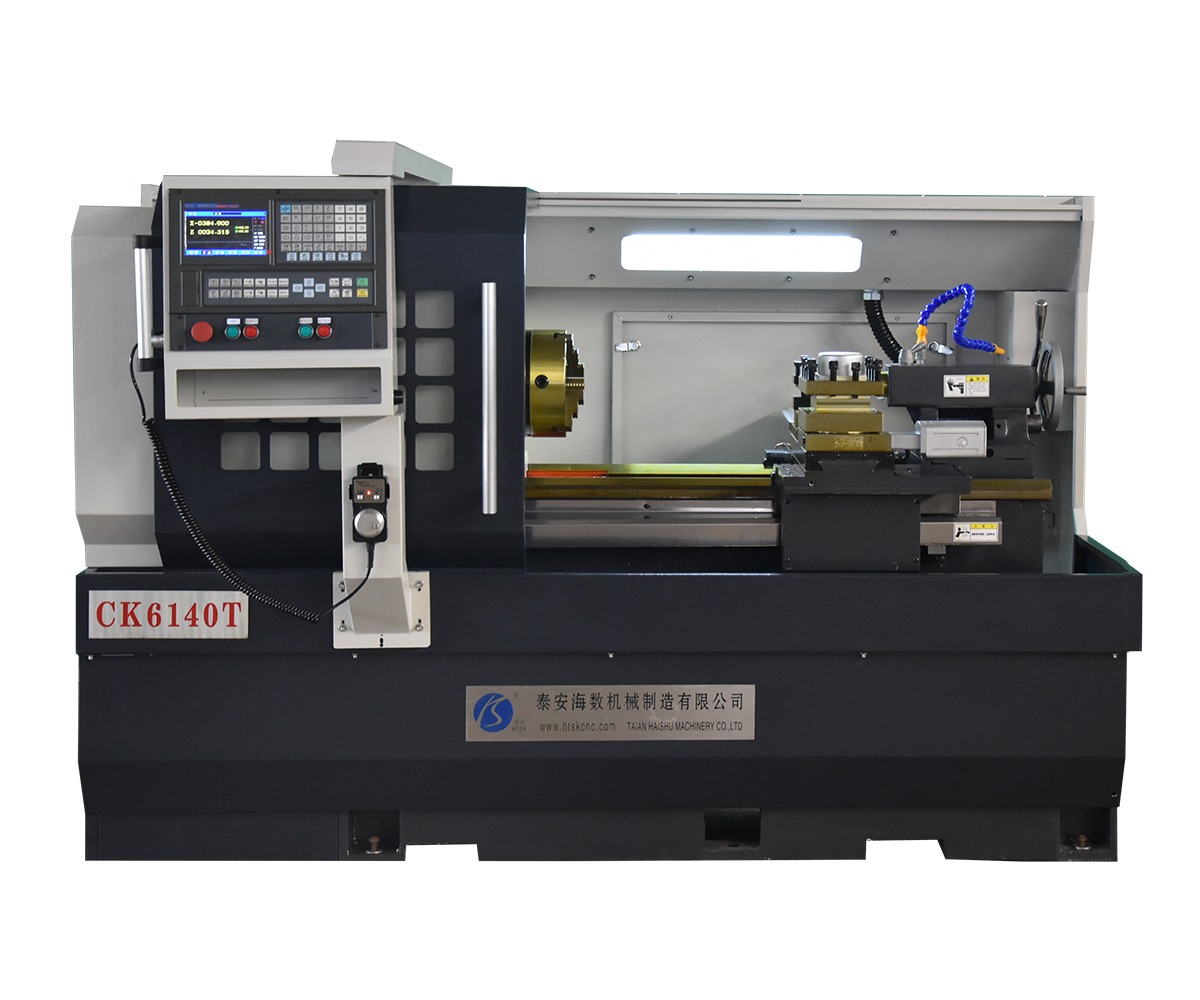
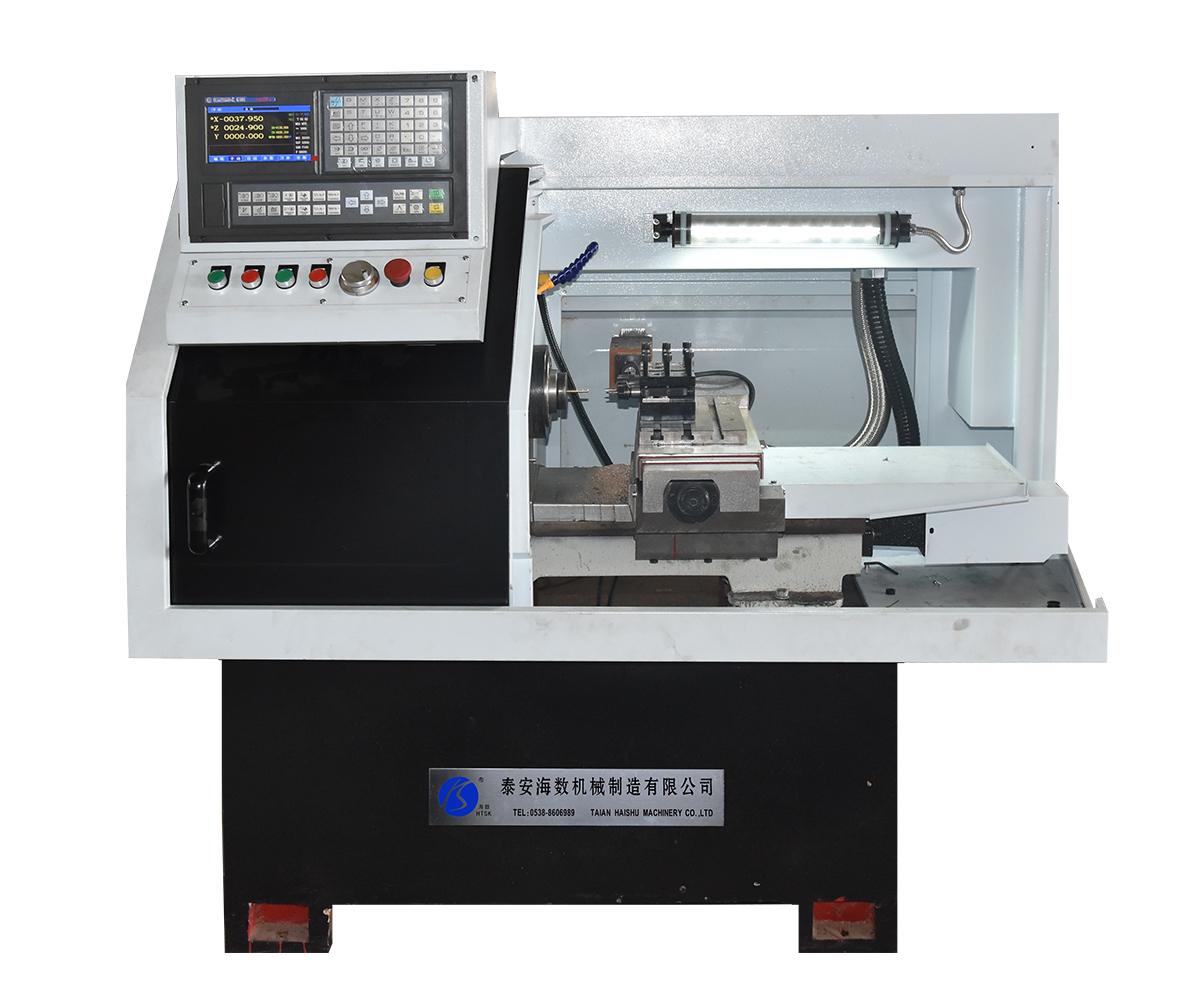
The key factors for selecting the best CNC lathe include understanding the machining requirements, control system and programming capabilities, spindle speed and power, tool change and tool clamping time, manufacturer reputation, and after-sales support. By considering these factors comprehensively, it is possible to choose a high-performance CNC lathe that meets the specific requirements and improves production efficiency and machining quality.
